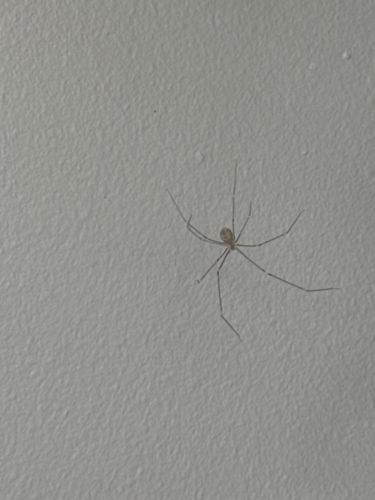Cellar Spider, Daddy Long-legs Spider
Scientific Name: Pholcus phalangioides (most common species)
Order & Family: Order: Araneae, Family: Pholcidae
Size: Body length typically 2-10 mm; leg span can be up to 50-70 mm (2-3 inches).

Natural Habitat
Commonly found in dark, damp areas such as cellars, basements, crawl spaces, sheds, garages, and corners of rooms indoors. Outdoors, they can be found in sheltered areas.
Diet & Feeding
Insects such as mosquitoes, flies, and other spiders, including more venomous ones like redback spiders (Latrodectus hasselti), and even large huntsman spiders.
Behavior Patterns
Cellar spiders are known for hanging upside down in their messy, irregular webs. When disturbed, they often vibrate rapidly in their web, which makes them difficult for predators to see. They are generalist predators and do not typically leave their webs unless actively hunting or relocating. They often invade the webs of other spiders, kill the owner, and take over the web.
Risks & Benefits
Risks: None. Despite common myths, cellar spiders are not dangerous to humans. Their fangs are too small to penetrate human skin, and their venom is not considered medically significant. Benefits: They are natural pest controllers, preying on other insects and spiders in the home, which can be beneficial in reducing household insect populations.
Identified on: 8/16/2025